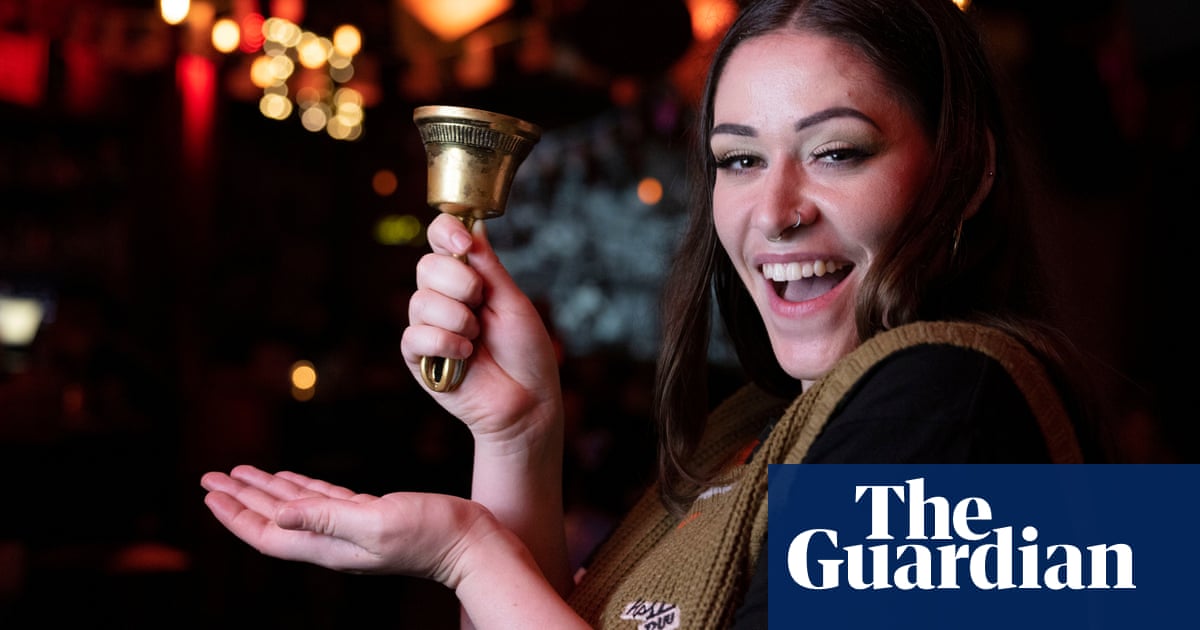
Mushrooms are having a moment. Cultural depictions of fungi are proliferating: from Seana Gavin’s psychedelic mushroom collages shown at Somerset House last year; to the bestselling book Entangled Life, by the mycologist Merlin Sheldrake; we’re seeing there is more to the fungus than meets the eye. Trials into the therapeutic potential of psilocybin – derived from “magic” mushrooms – are even returning to modern medicine.
And after one of the wettest summers in memory, local mushrooms are flourishing as well. Fungi-spotting reports from the public to the Royal Horticultural Society are up 76% compared with 2020, because of a bumper year.
We should rejoice in this new mycocentric perspective. Fungi have long been neglected – ignored by global conservation efforts (fungal networks are only now being mapped for the first time), disdained by fungophobes who fear they’re all poisonous, taught little in school and earth sciences – but there are myriad reasons to pay closer attention. Wandering into the world of fungi is mind-altering, and endlessly enchanting. And it’s available just outside your door.
The mushrooms we see are the fruiting bodies – the spore-producing reproductive organs – of unseen and underground fungal networks that break down soil nutrients, and connect tree roots across long distances. And they are abundant in mild and temperate Britain and Ireland. Mushroom-spotting is easy to pick up. Unlike bird-watching or mammal-spotting, when you might be lucky to see one or two animals, you tend to see mushrooms in groups. They are an “always too many”, as the anthropologist Anna Tsing puts it, or “So many of us! So many of us!”, in Sylvia Plath’s words.
The role of chance also makes mushroom-spotting enjoyably serendipitous; you never know exactly what you’ll see. Conditions have to be exactly right for puhpowee – the beautiful Potawatomi word for the force that causes mushrooms to push up from the earth overnight – to occur for every species. Each pops up at different intervals in the season, like an improvised fungal symphony. Their ephemerality makes the moment of discovery even sweeter.
Mushrooms aren’t just stalks and caps. There is a vast range of shapes and structures. There are pestles and antlers, berets and crusts, hooves and fingers, cups and nests. Umbrellas, funnels, parasols; troops and tufts. The crackle-brittle pattern of a stinkhorn’s cap; the slimy slick exterior of a parrot waxcap; the shaggy wig of an inkcap, oozing away; the umbonate tips like tiny nipples.
You want colour? There’s scarlet, saffron, ochre, candyfloss pink, turquoise, violet. Poetic names? Candlesnuff, witch’s butter, earthstar, lemon disco, sulphur knight, destroying angel. Smells? Aromas of apricot, almond, fish, radish, cheese.
I personally love the weird stuff. I’m always looking out for the dark brown-red beefsteak fungus that drips a blood-like substance when cut; or bioluminescent fungi that glow in the dark (even though it’s unlikely I’ll see that in England).
Hunting with children is particularly effective. By dint of their height, and clear-minded observational powers, children can spot all sorts of things invisible to the adult eye. Watching clouds of spores erupt from puffballs, or taking a specimen home to make spore prints, or simply trying to identify a mushroom then and there can deepen a sense of intrigue or kinship.
In the UK, we have an amazing diversity of fungi but also barriers that stand in the way of people foraging or simply observing mushrooms, as is popular in France, Germany and other European countries. Laws of trespass and disconnection from nature have led to ecophobia and “fungus blindness”, as Sheldrake puts it, that have separated us from our fungal relatives.
So we may benefit from a new relationship with fungi. Awe is good for our health and, while we may not have grand canyons or huge mountain ranges or charismatic megafauna in Britain, we do have awe in abundance through mushrooms.
As we learn more about how fungal networks communicate and influence wider ecosystems, such as the woodwide web, fungi may have important lessons for the planetary crisis. The sheer gumption and brio of mushrooms may help us imagine new futures and possibilities. Mushrooms represent the possibility of transformation and the fundamental reality of ecological interconnectedness, collaboration and interspecies entanglement.
Fungi also bind up carbon in the organic compounds they produce. They are strong enough to break through paving stones. Their process unseen and invisible until, oh, there it is. Thinking through fungi seems like a fruitful way to imagine a different kind of world.
It would be remiss to write about mushrooms without paying tribute to Roger Phillips, the much-loved author and godfather of foraging, who died last month. For many, his books are the definitive guides to other species in our living world and his presence on Instagram in his final years was a source of knowledge, passion and wonder.
For those starting out, a guide by Phillips is a good place to begin. Your local nature organisation or nature trust may run fungi-finding or foraging walks. The British Mycological Society and other societies hold events and talks. When you’re out, don’t forget to look down – on dead wood, around tree stumps and trunks – and up – for bracket or bracket-like fungi such as Chicken of the Woods. A loupe or hand lens can give a closer perspective particularly for resupinate fungi, which look like spills of paint on bark. You will come to love rain, because it will bring a bonanza of mushrooms. Your knees will get muddy from examining the bottom of hedgerows and ditches.
Quick! Before all the leaves fall and the mulch puts most of them to bed. There’s still time.
Lucy Jones is a journalist and the author of Losing Eden and The Nature Seed.












